From Lydia Thompson’s scandalous hosiery and Tempest Storm’s net bras, to Dita and D’Lish unlacing corsets, and Michelle L’amour’s panther claw merkin, burlesque performers throughout history have played an important role in showcasing lingerie and its ability to celebrate an individual’s physicality, sexuality and personality.
Cora Harrington is the founder and editor-in-chief of The Lingerie Addict, the world’s leading lingerie blog, and author of In Intimate Detail: How to Choose, Wear and Love Lingerie. After covering the intimate apparel industry for 12 years, Cora has invaluable advice for burlesque performers to consider when choosing, wearing and caring for costume lingerie.
Throw out the rulebook
While there seem to be a lot of rules around lingerie, my only rule is to explore what you like, even if you’ve been told you shouldn’t.
With rare exceptions (such as, don’t throw silk in the dryer), I believe lingerie feels intimidating and limiting when it’s surrounded by a framework of rules.
To embrace lingerie, you have to think about what you want from it. What you want it to do for you. How it fits into your life. Which needs it fulfills for you.
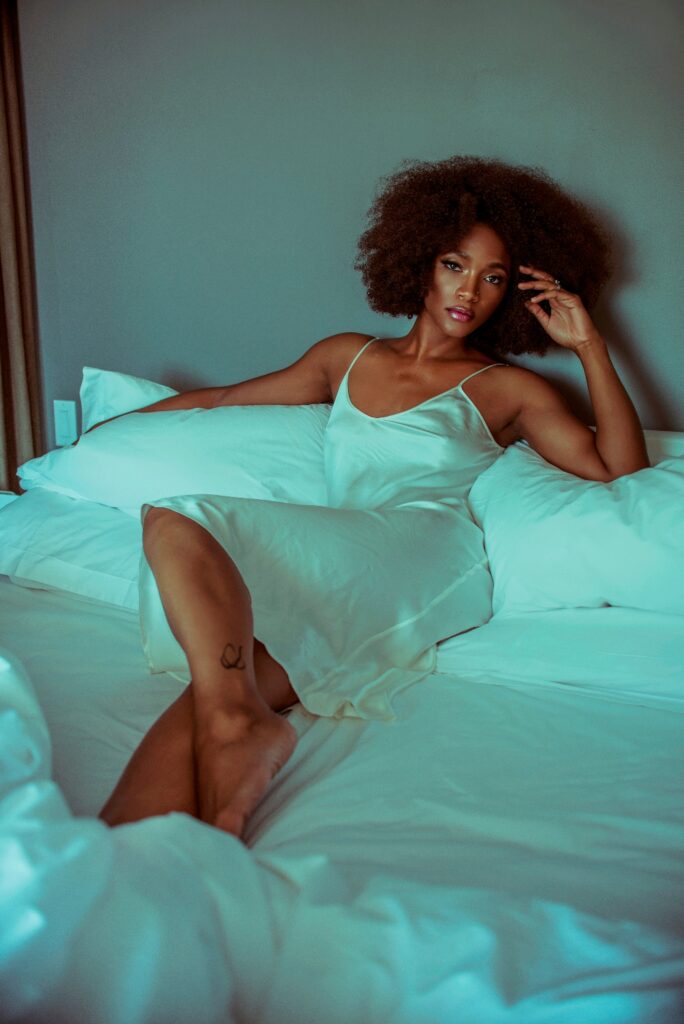
Consider the cost
When choosing lingerie, you need to have appropriate expectations for your price point and the type of garment.
The differences between cheap and expensive lingerie are numerous, and what qualifies as ‘cheap’ or ‘expensive’ varies by the person. If your budget is $50, you’re going to have different options than someone with a $500 budget. And that’s okay!
Generally, you should expect lower quality fabric, less exact construction, less shaping/comfort, and rougher sewing at a lower price point. For more expensive items such as corsets, you should look for quality fabrics and laces, details like pattern matching, more panels/cinching power, and the option for individual customization as opposed to ‘off the rack’ options.
Cost always matters. It’s quite literally impossible for a brand like Corset Story to ever equal a designer like Manuge et Toi.
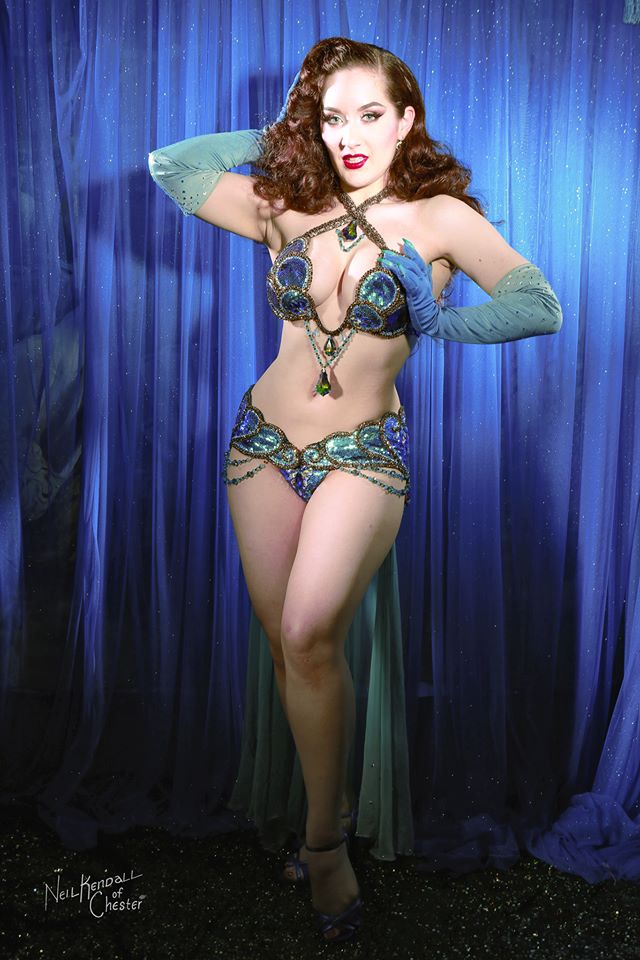
Do your research
Whether buying off the rack or commissioning garments, talking to others, doing your own research, and taking your time is vital. Frontload as much information as you can before placing an order. You don’t want to spend $200 on a corset you only feel ‘okay’ about, and then discover your ideal corset maker a month later. There’s a lot of advice and reviews on my blog, The Lingerie Addict.
Tips for commissioning
When commissioning, one of the most important things to remember is that no one can give you better advice than the maker you’ve decided to work with. Every maker has preferred patterns, materials, fitting methods, and so on; it’s best to go straight to the source.
Many makers are one-person companies or operate with a small staff, so don’t waste their time if you’re unable to afford a commission. Be patient, respect the designer, and let them bring their voice and style to your commission. Hopefully, you chose this designer because you like their work in particular, so let them create their own unique brand of magic for you!
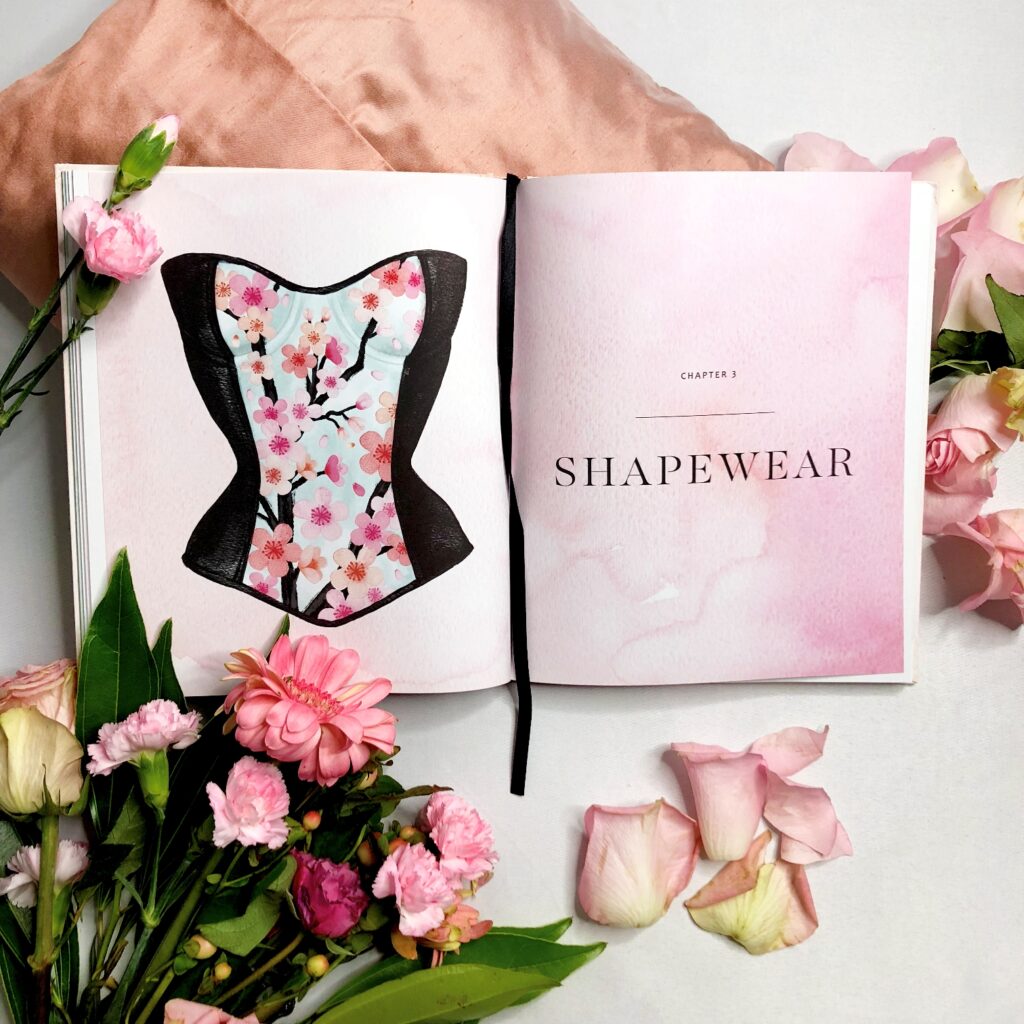
Selecting lingerie pieces for the stage
Bras
Become familiar with different bra silhouettes and manufacturers. For example, if you’re looking for a bullet bra, there are certain brands which specialize in this style, and they have their own fitting charts. Don’t assume your size in an everyday bra is the same as your size for one of those.
Think about how you’d like to present your bust. If you have widely spaced breasts and want cleavage towards the center, you’re likely looking for a plunge style with side pushup pads. But if you’re wanting cleavage upwards (what we call ‘cakes on a plate’), you’ll want a balconette style. If you want LOTS of cleavage, a bra that’s several sizes too small might work for that, or wearing one bra on top of another bra for maximum pushup.

Corsets
A corset for stagewear is not the same as a corset for daily wear, tightlacing or waist training, so consider what you want to wear the corset for.
Think about how you plan to wear or take off the corset during your routine. If you’d like to stay cinched during the entire routine then an underbust may be the best option. However, if you enjoy the drama of a ‘big reveal’ then fully unlacing an overbust might be better. Some corset makers design overbust corsets with detachable busts, giving the best of both worlds to stage performers.
Think about your closure, too. If you want to get out quickly, a zipper. Less quickly, a busk.
Some of my favorite corset makers include Dark Garden, Anthony Ladd Canney, Karolina Laskowska, Manuge et Toi, and Vanyanis Corsetry.

Stockings
I could say so much about hosiery – which is why there’s an entire chapter in my book dedicated to it! But as with all lingerie, research is essential. Specialty hosiery retailers, such as UK Tights, are a great way to get familiar with the variety of styles and brands available to you.
When it comes to getting seams straight, you want to go slow, aligning the seam along the heel and keeping it in place as much as possible both while rolling the stocking up in your hands and pulling it up the leg. Make adjustments to the backseam as you’re bringing the stocking up, and don’t be afraid to stop and start over. Once the stocking is fully on the leg, check the seams again, then secure them with a 6-strap (or higher) garter belt to keep everything in place.

Loungewear
You can incorporate different styles of loungewear into a burlesque costume. Anything drapey, shimmery and flowy will have a brilliant effect on stage. Robes come to mind right away, as do slips, nightgowns, chemises, and babydolls.
My favourite robe designers include Catherine D’Lish, of course. The British indie brands Florentyna Design, Betty Blue’s Loungerie, Talulah Blue, and Rosie Red Corsetry & Couture also make some exquisite, stageworthy robes. Velvet Zephyr is a new loungewear label I just found out about that I adore, and recently ordered from. Dottie’s Delights’ latest collaboration with Mosh is suitably dramatic as well.
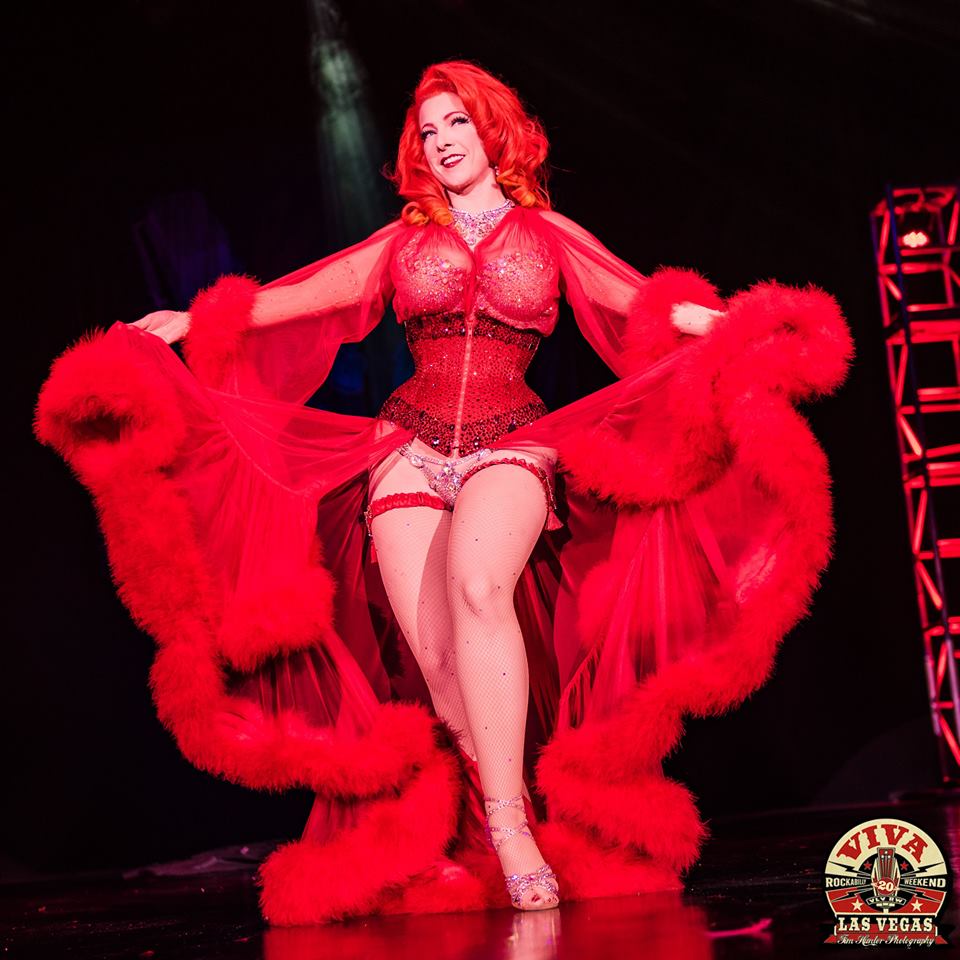
Incorporating Vintage
Don’t underestimate vintage, especially if you’re looking for something unique. I love a vintage dressing gown, and they’re easy to find on sites like Etsy and eBay, or in your local vintage shop.
The thing about vintage lingerie is that it is, by nature, irreplaceable. It will never be 1930 or 1950 or 1975 again. If the idea of losing or permanently damaging a vintage piece makes you cringe, or if you think you’ll ever need to replace the garment, then retro is better than vintage for you.
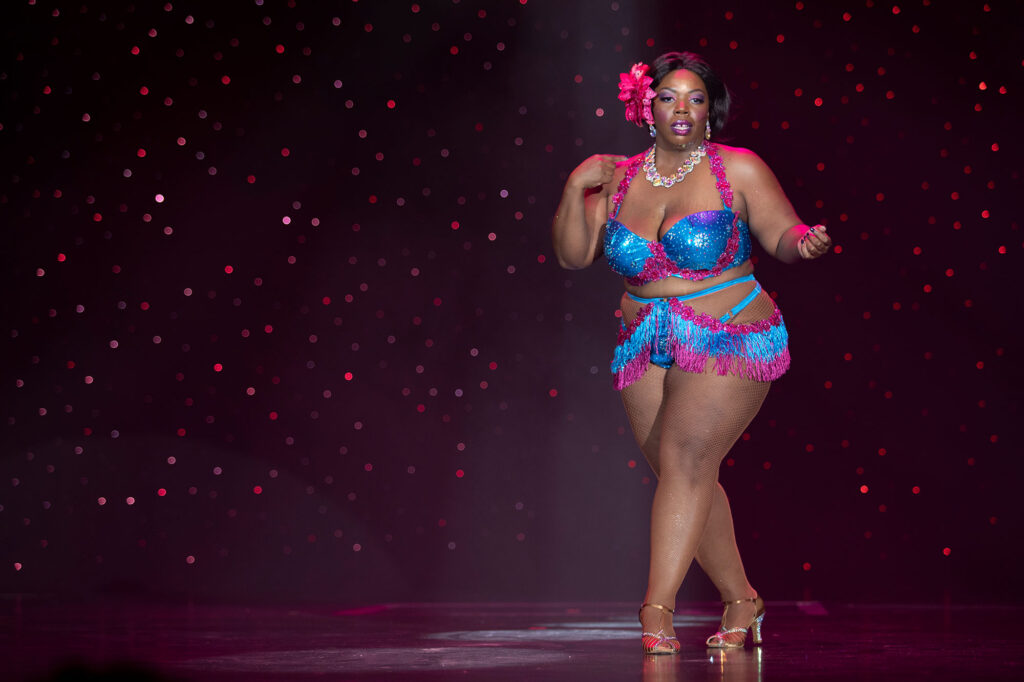
Washing your lingerie
If you buy a bra or lingerie item, of any price range, and throw it into the washing machine and dryer, it won’t last as long. ‘Investing’ in a garment also means taking care of it over the long-term so it lasts as long as it possibly can.
Research the details of your particular embellishments so you know if they’re able to withstand detergents and so on. For anything you’re the least bit concerned about, handwashing with a specialty delicates detergent is the way to go.
First, make sure the dye on your costume won’t bleed or run. Never wash dark and lighter colored garments together. Use lukewarm or tepid water (never hot), gently swish your lingerie in the wash basin or sink (don’t treat the pieces harshly), then gently roll them in a towel to absorb excess water and hang or lay flat to dry.
A major exception here is corsets, which you should never submerge in water.
For some items, spot treating, spritzing with vodka, or placing them in a freezer may be a better idea. If you opt for dry cleaning, I recommend going with a dry cleaner that has experience with wedding gowns, as they tend to have a lot of knowledge regarding trims and embellishment.
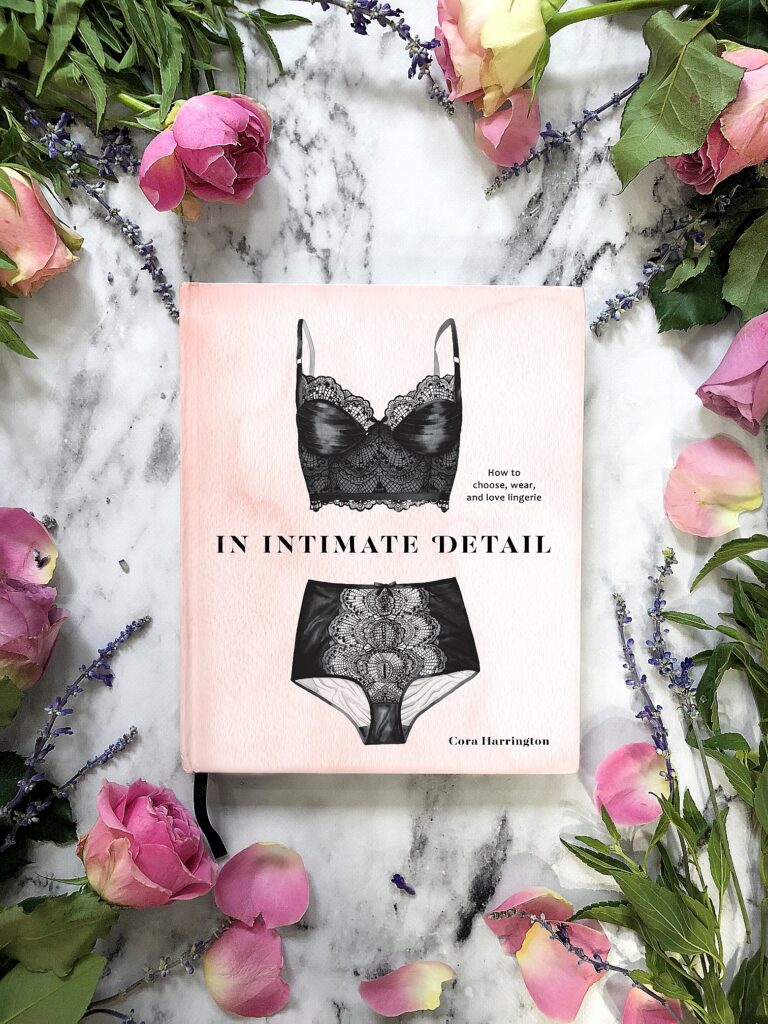
Storing your lingerie
Invest in moth repellent, especially for your lingerie from natural materials. I recommend cedar and lavender. Acid free tissue paper is always a good idea for wrapping items. And make sure you’ve done any necessary stain removal before storing your things away.
In Intimate Detail: How to Choose, Wear and Love Lingerie is available via The Lingerie Addict (for signed copies), Amazon, Barnes & Noble, iBooks, and Powell’s.



